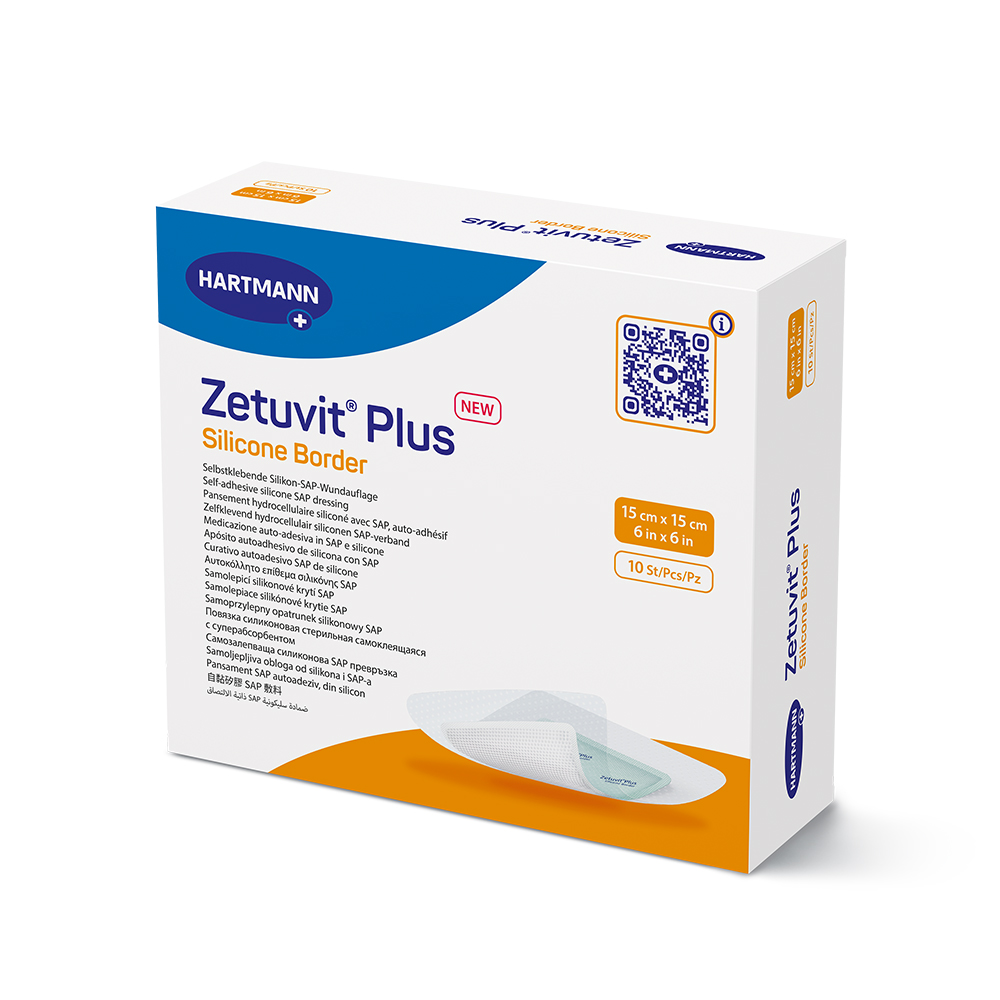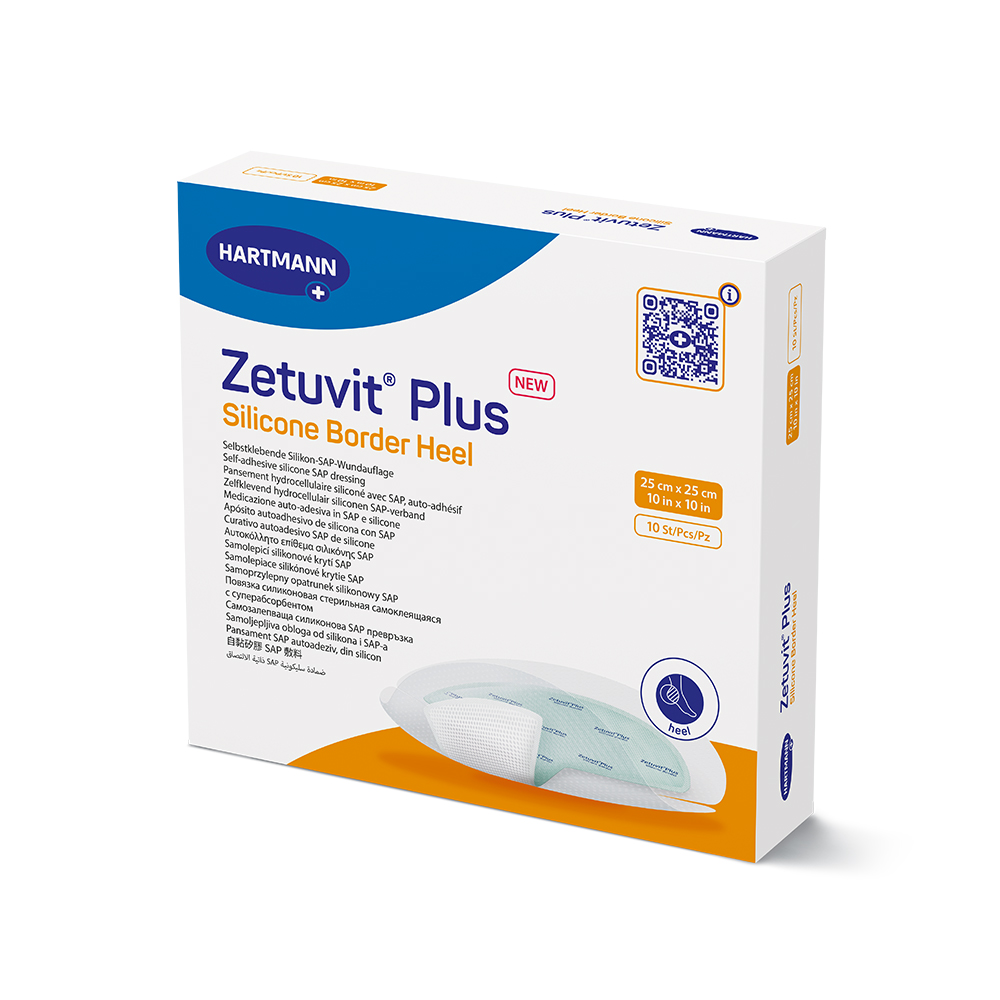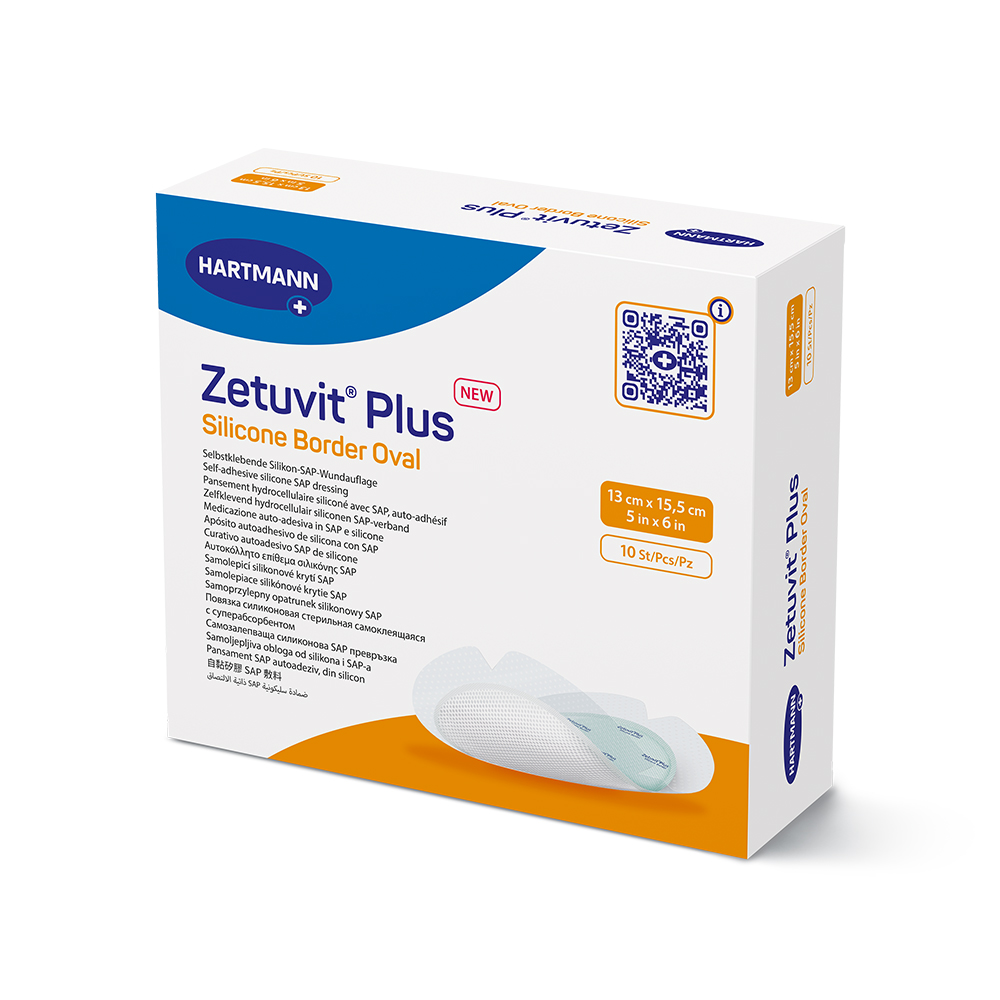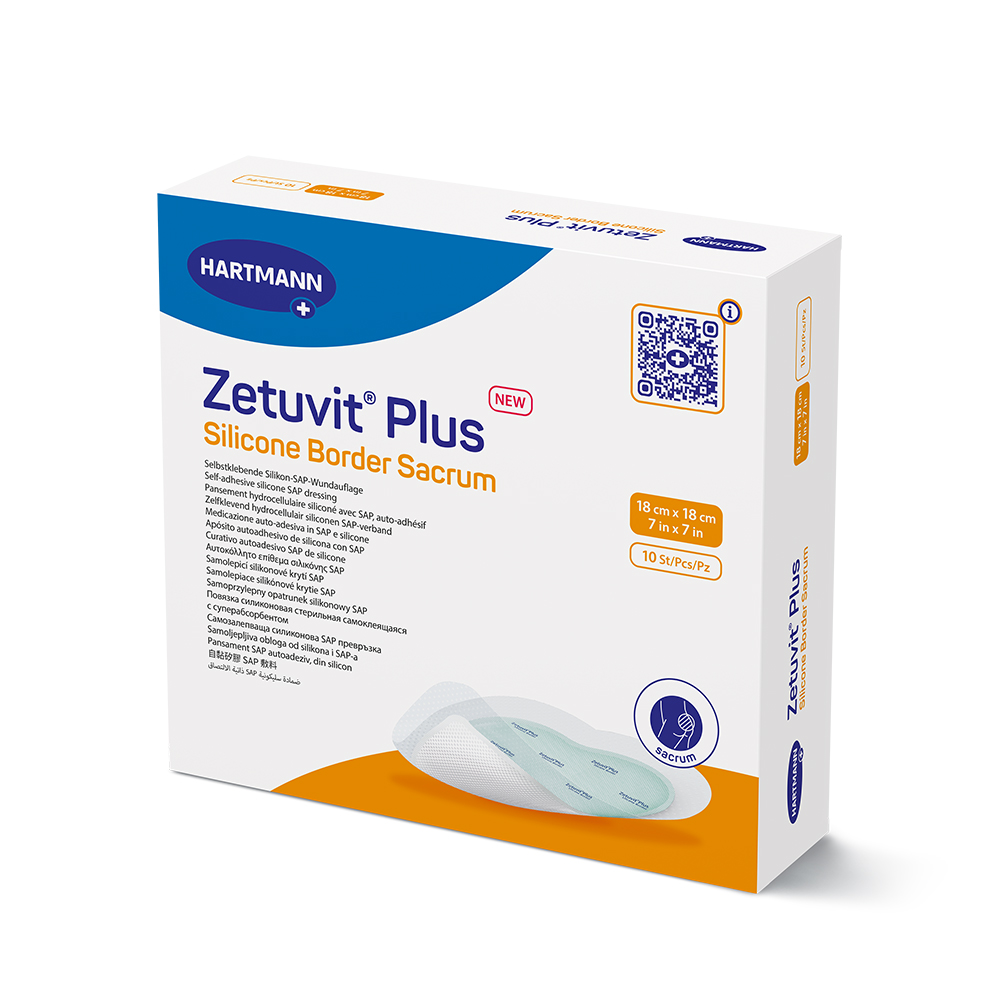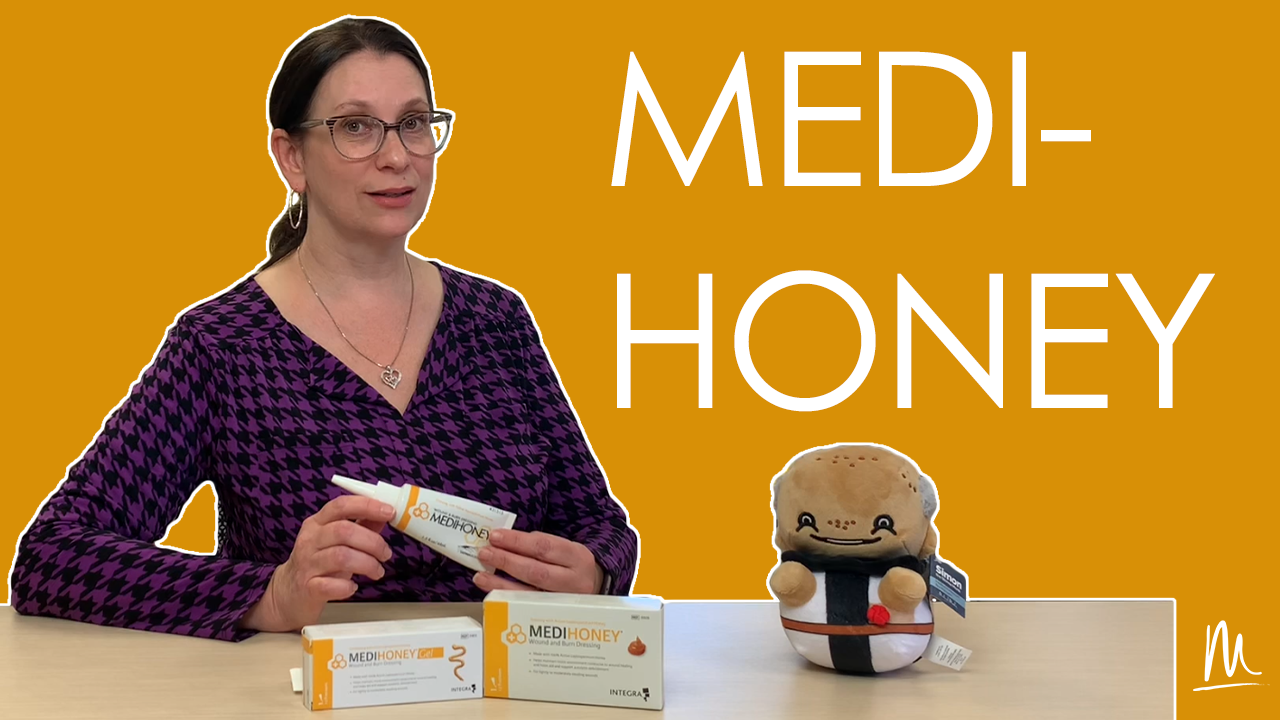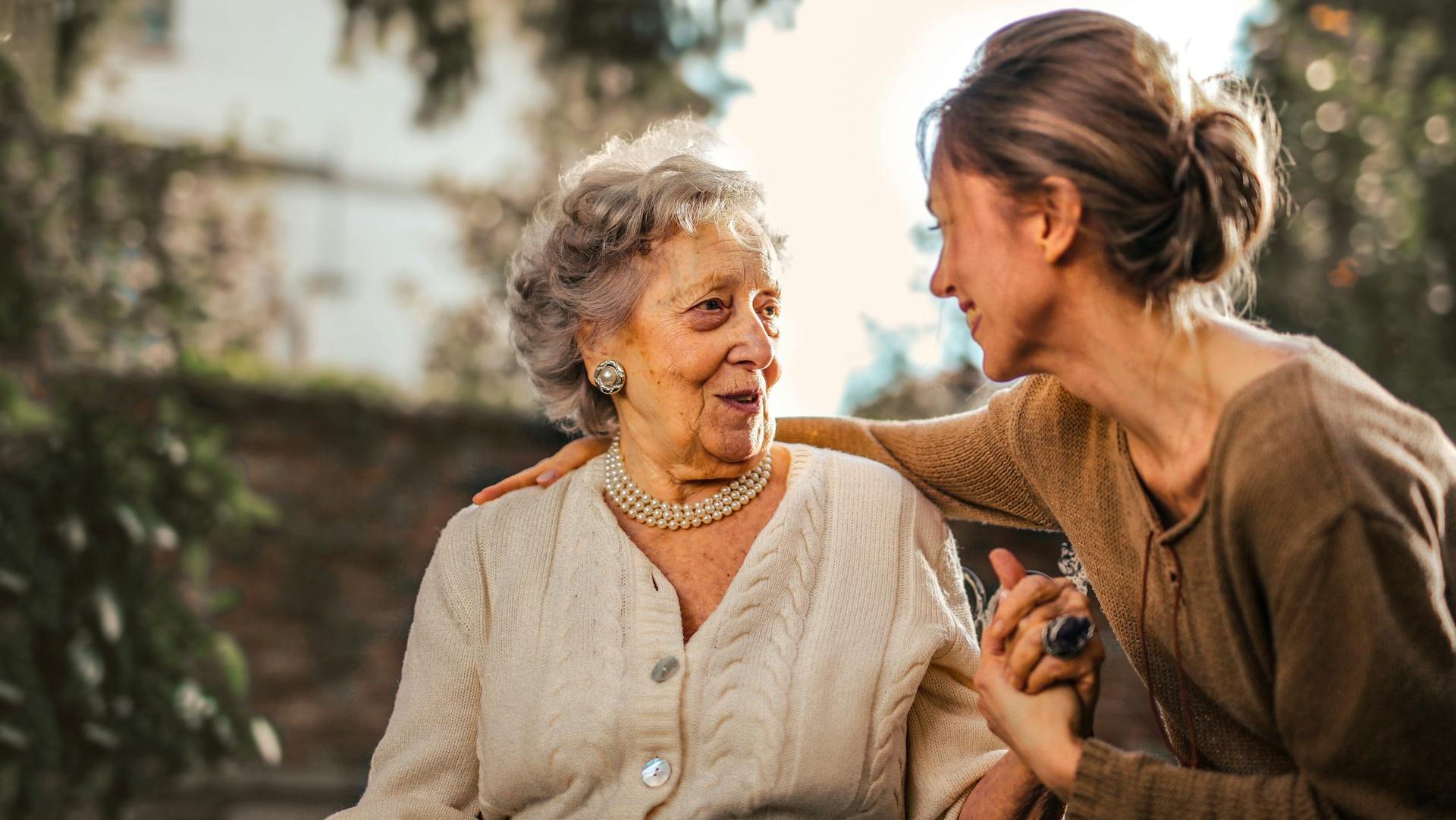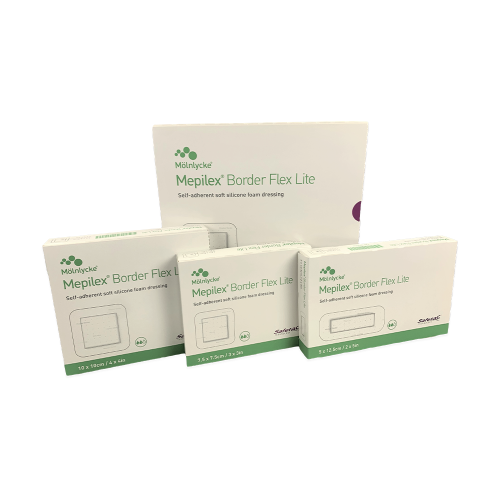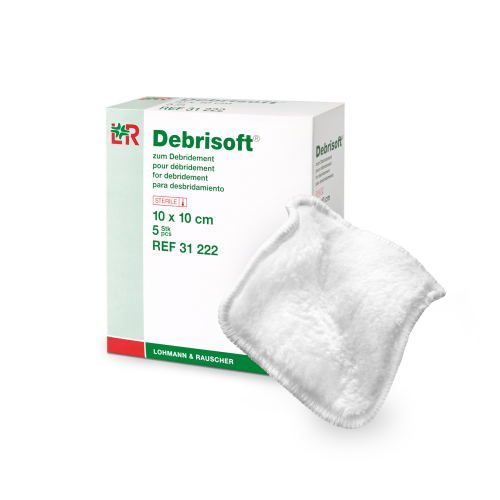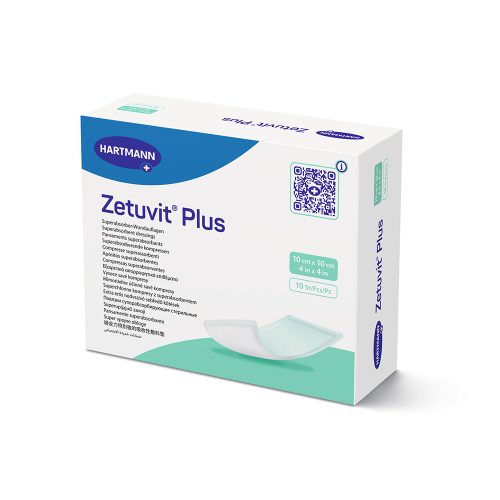Chronic wounds present a complex challenge in healthcare. Often caused and/or exacerbated by an underlying condition, chronic wounds are defined by their resistance to quick cures. In practice, clinicians have found that a nuanced and personalized approach to healing is often required in these situations.
Consequently, a paradigm shift has been brewing amongst wound care specialists in recent years. The concept of ‘Wound Balance’ is at the forefront of this shift. Emphasizing individualized patient care, Wound Balance aims to optimize outcomes and enhance the overall wellbeing of chronic wound patients.
The Journey of Patient and Clinician
Traditionally, wound care has been centered on managing wounds with a focus purely on measurements and statistical results. While this is certainly necessary, the Wound Balance approach challenges this status quo, urging a fundamental shift in perspective. The focus now is multifaceted, encompassing issues related to the wound healing process, clinical practice and patient wellbeing.
The heart of this new method is a collaborative journey between patient and clinician. It’s not just about treating a wound; it’s about understanding the patient’s unique needs, preferences, and expected outcomes. It recognizes the need for patient engagement, making it a crucial element for achieving agreed-upon outcomes and improving the overall patient experience.
Achieving ‘Wound Balance’
To implement ‘wound balance’ effectively, clinicians need actionable guidance. The principles of Wound Balance are intended to provide that guidance. They include:
- Understanding the science of wound healing
- Identifying barriers to progression
- Early recognition of wounds likely to become chronic
- Adopting a patient-centered approach and using positive language
- Considering and measuring quality of life
- Applying gained knowledge for timely and appropriate outcomes
To these ends, it is important to gather information from and/or about the patient, including:
- General medical history
- Their “normal’ baseline: overall health/wellbeing in the past and present
- Any underlying factors that may affect healing, including health conditions, medications and nutrition
- The characteristics of the wound and surrounding skin
- Wound-related history
Quality of Life: A Key Component
Living with a chronic wound, like many other chronic conditions, can cause psychological and social issues. In order to accurately access a patient’s quality of life, it is vital to consider lifestyle factors, such as:
- The patient’s support network (friends, family, caregivers), or lack thereof
- Mobility and transportation
- Level of education and literacy
- Financial resources
- Access to medical care
Clinicians use this information to deepen their understanding of their patients’ unique needs. This is crucial, as a lack of specialized knowledge can lead to errors, such as overlooking underlying contributing factors or using less-than-optimal dressings.
Optimizing Wound Healing
A significant aspect of the Wound Balance approach is a change in language. Instead of merely managing a wound, the emphasis is now on “optimizing healing.” Achieving optimal wound healing hinges on maintaining a balanced wound environment, a process facilitated through strategic interventions such as wound bed preparation, debridement, exudate management, and dressing selection.
The right dressing choice can help relieve some of the social factors associated with chronic wounds that can wreck patient quality-of-life, such as:
- Exudate leakage
- Odor
- Immobility
- Pain
To avoid these factors, it is essential to choose a dressing with the right balance of moist wound environment, wound protection and exudate absorption/retention. HARTMANN’s Zetuvit PLUS line, for example, is designed to maintain and restore wound balance in precisely these ways.
A New Era in Chronic Wound Care
The ‘wound balance’ concept recognizes the unique journey of each patient, making them an active participant in their care. As we move forward, the key lies in translating this understanding into actionable practices, ensuring that clinicians are equipped to provide personalized and effective care for individuals grappling with chronic wounds.
This is still an evolving methodology, and there is much research and refinement to be done on the subject. In the meantime, if you have any questions about how to achieve Wound Balance as a patient or clinician – or about about the products that can help – please contact Medical Monks at customercare@medicalmonks.com. You can also contact our reps via LiveChat, or call at 844-859-9400.
Related Products


